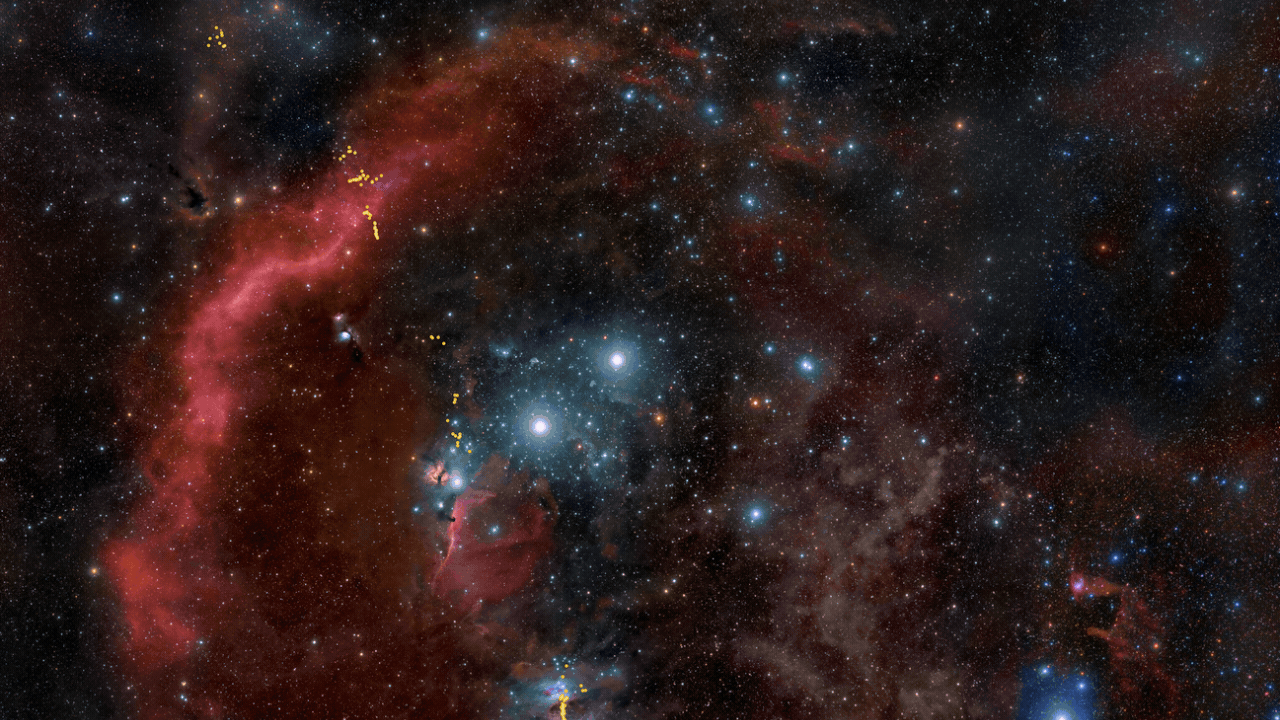
Beyond the Rainbow: NASA’s Techniques for Adding Color to Black-and-White Space Images
NASA’s released high-resolution, colorful images of atmospheric whirls and tempests have captured our imagination. These intricate patterns make us wonder about the world beyond Earth. But the outer space is not as colorful and vibrant as depicted in these photos. The Hubble Space telescope of NASA takes photos in black and white, with scientists adding color using a technique developed in the 20th century to imitate natural color perception.
The Hubble Space telescope does not have any natural color cameras aboard. Instead, it uses digital CCD cameras that capture images as grayscale pixels using colored filters. The human eye can only detect a small portion of the electromagnetic spectrum, sensitive to red, green, and blue wavelengths. These primary colors of light are used in various combinations to create all other colors.
To capture cosmic images, Hubble scientists use filters to record specific light wavelengths, assigning colors like red, green, or blue to each exposure. This process enables them to create full-color images for scientific analysis. The color added to the images is not just for artistic enhancement but to highlight features and show the location of chemical elements that may not be visible to the human eye.
While the colors in the images may seem natural, they are added for specific reasons related to scientific analysis. The images are downloaded as black and white with color added later on to enhance certain features and highlight important details that would otherwise go unnoticed.

